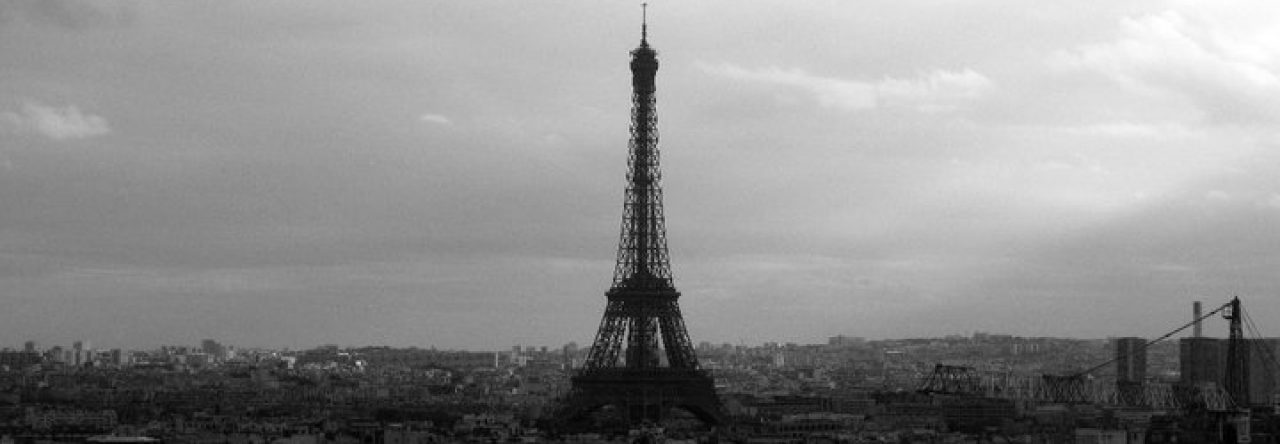As a writer or creator, you may want to protect your work from unauthorized use or plagiarism. An All Rights Reserved agreement is one way to do that. In this article, we’ll explain what an All Rights Reserved agreement is and how it works, and provide some tips for creating your own.
What is an All Rights Reserved agreement?
An All Rights Reserved agreement is a legal statement that lets others know that the copyright owner has reserved all rights for their work. This means that no one else can use, reproduce, or distribute the work without the owner’s permission.
The agreement is usually included on the copyright notice of a work. It typically looks something like this:
© 2021 [Name of Copyright Holder]. All Rights Reserved.
This statement can be included on a variety of works, including books, articles, blog posts, photographs, music, and videos. It lets other people know that the creator has full control over how their work is used and prevents others from infringing on their copyright.
How does an All Rights Reserved agreement work?
An All Rights Reserved agreement works by letting others know that the creator of the work holds all rights to their creation. This means that they have the exclusive right to use, reproduce, and distribute their work.
In order for someone else to use the work, they must obtain permission from the copyright owner. This could involve paying a fee, signing a licensing agreement, or simply receiving written permission from the copyright owner.
If someone uses the work without permission, they may be subject to legal action by the copyright owner. This could include fines, damages, and even court-imposed injunctions preventing them from continuing to use the work.
Tips for creating an All Rights Reserved agreement
If you want to create your own All Rights Reserved agreement, here are some tips to keep in mind:
1. Be specific about what rights you’re reserving. Your agreement should clearly state what rights you’re reserving, such as the right to reproduce, distribute, or display your work.
2. Use clear language. Your agreement should be written in clear, easy-to-understand language. Avoid using legal jargon or complex terminology.
3. Include your contact information. Make sure to include your contact information, such as your email address or phone number, in case someone wants to obtain permission to use your work.
4. Consider consulting a lawyer. If you’re unsure about how to create an All Rights Reserved agreement or want to make sure your agreement is legally sound, you may want to consult a lawyer who specializes in copyright law.
Conclusion
An All Rights Reserved agreement is a powerful tool for protecting your creative work from unauthorized use. By including this statement on your copyright notice, you can let others know that you hold all rights to your creation and prevent others from infringing on your copyright. Whether you’re a writer, artist, or musician, an All Rights Reserved agreement is an essential part of protecting your intellectual property.
